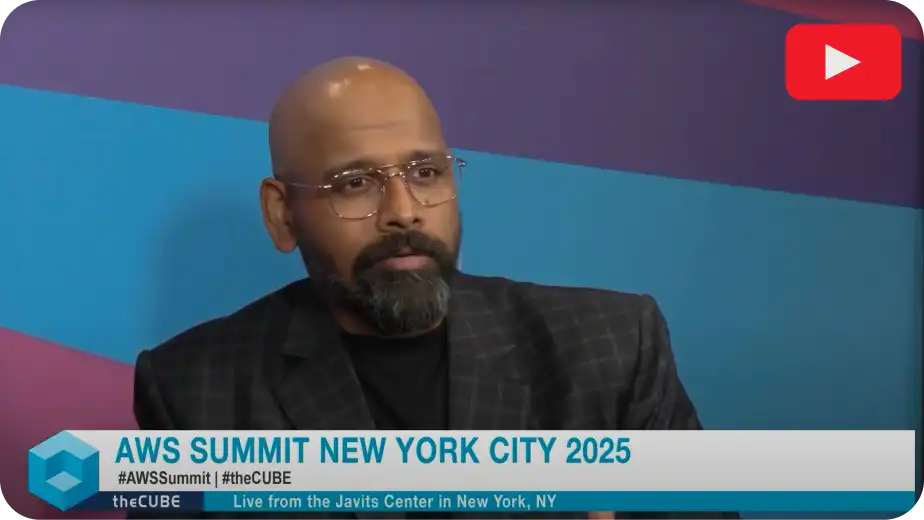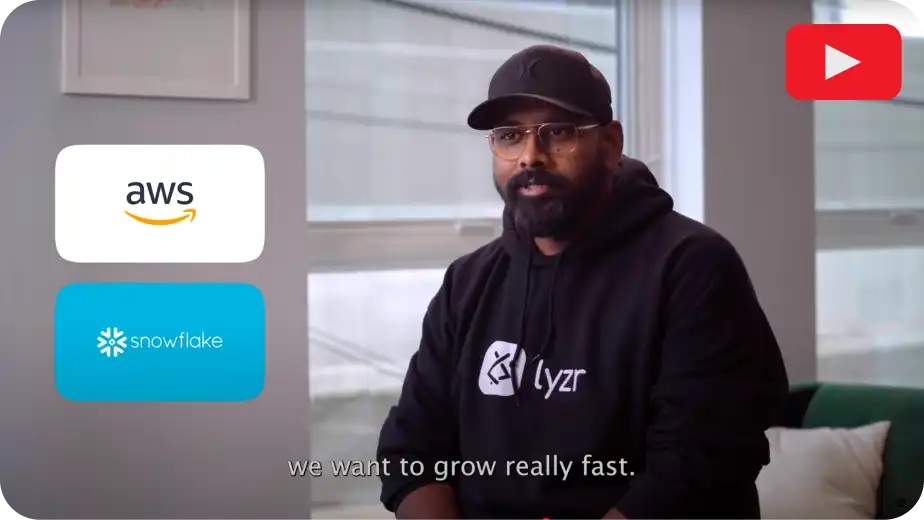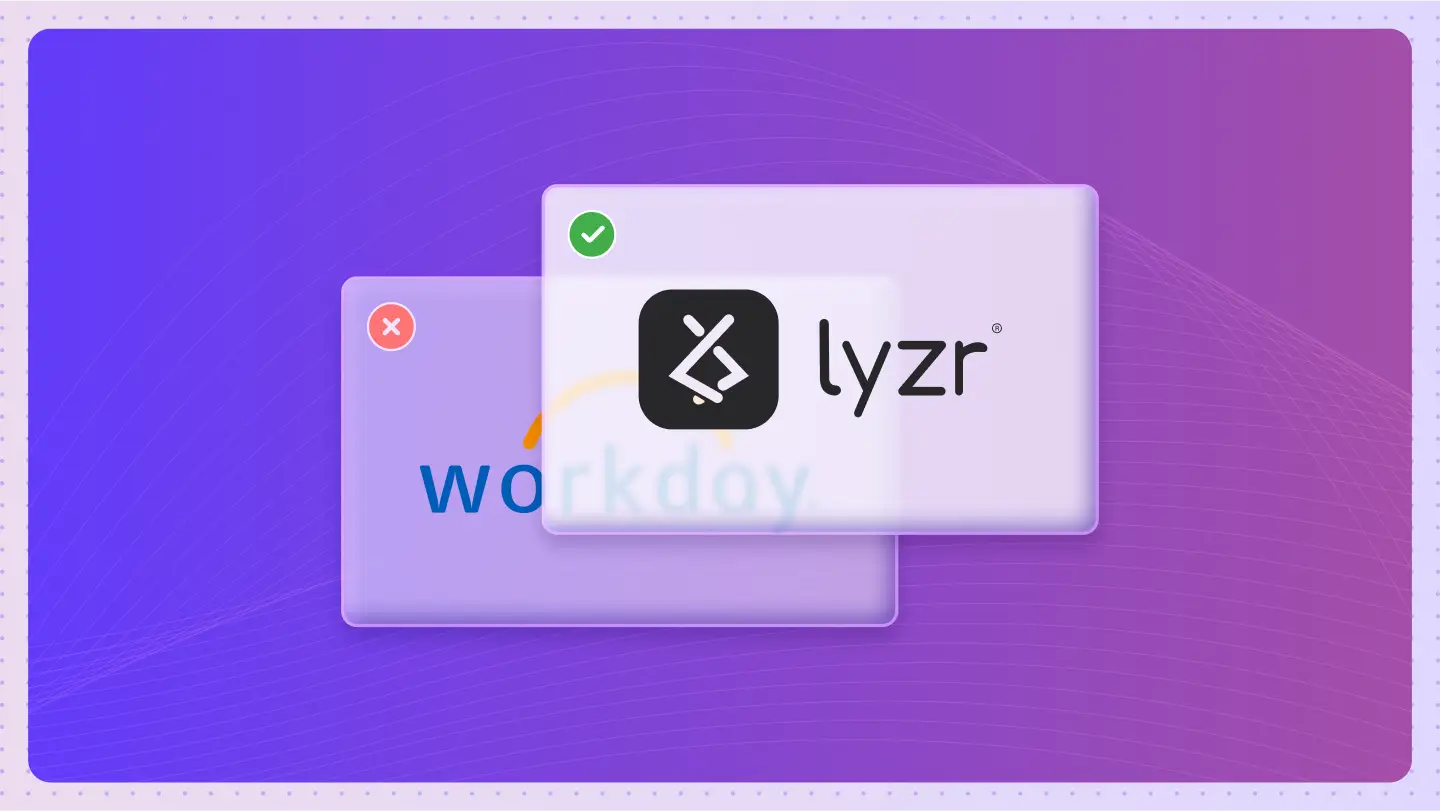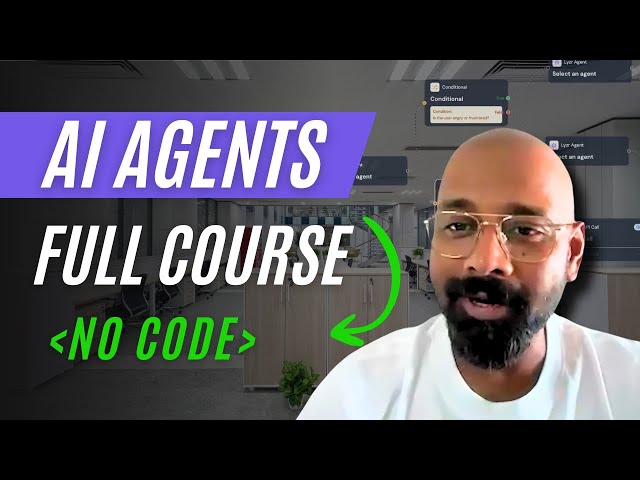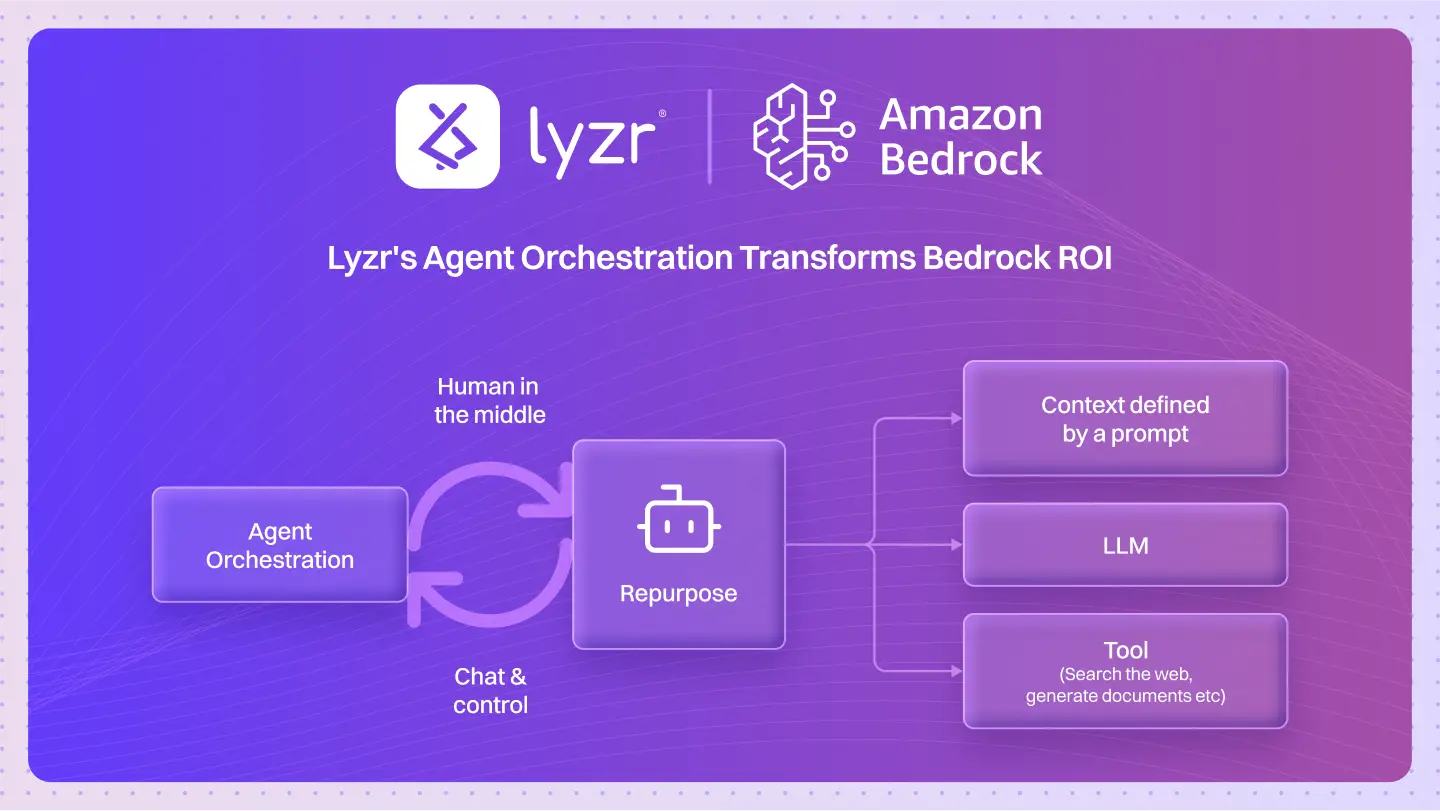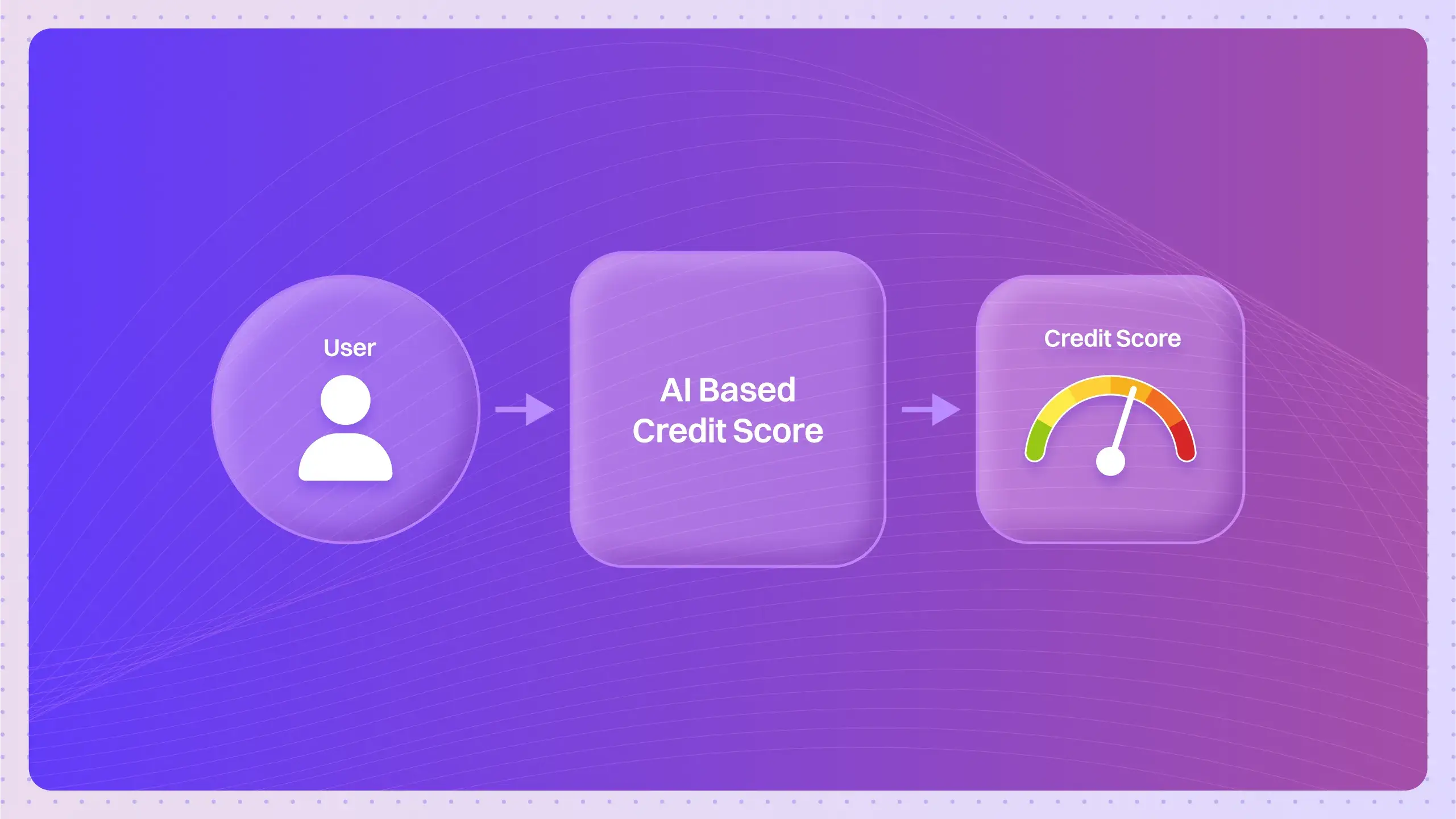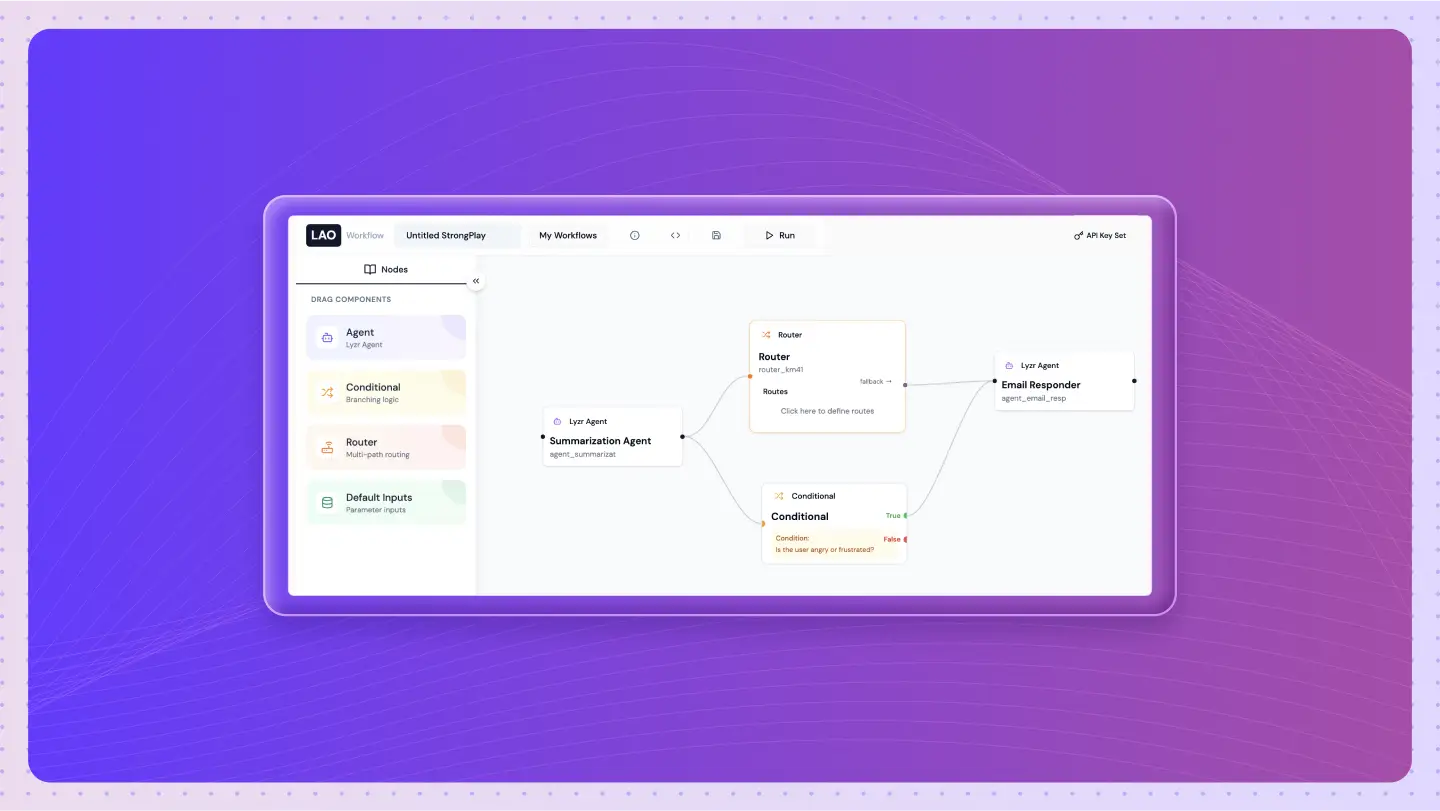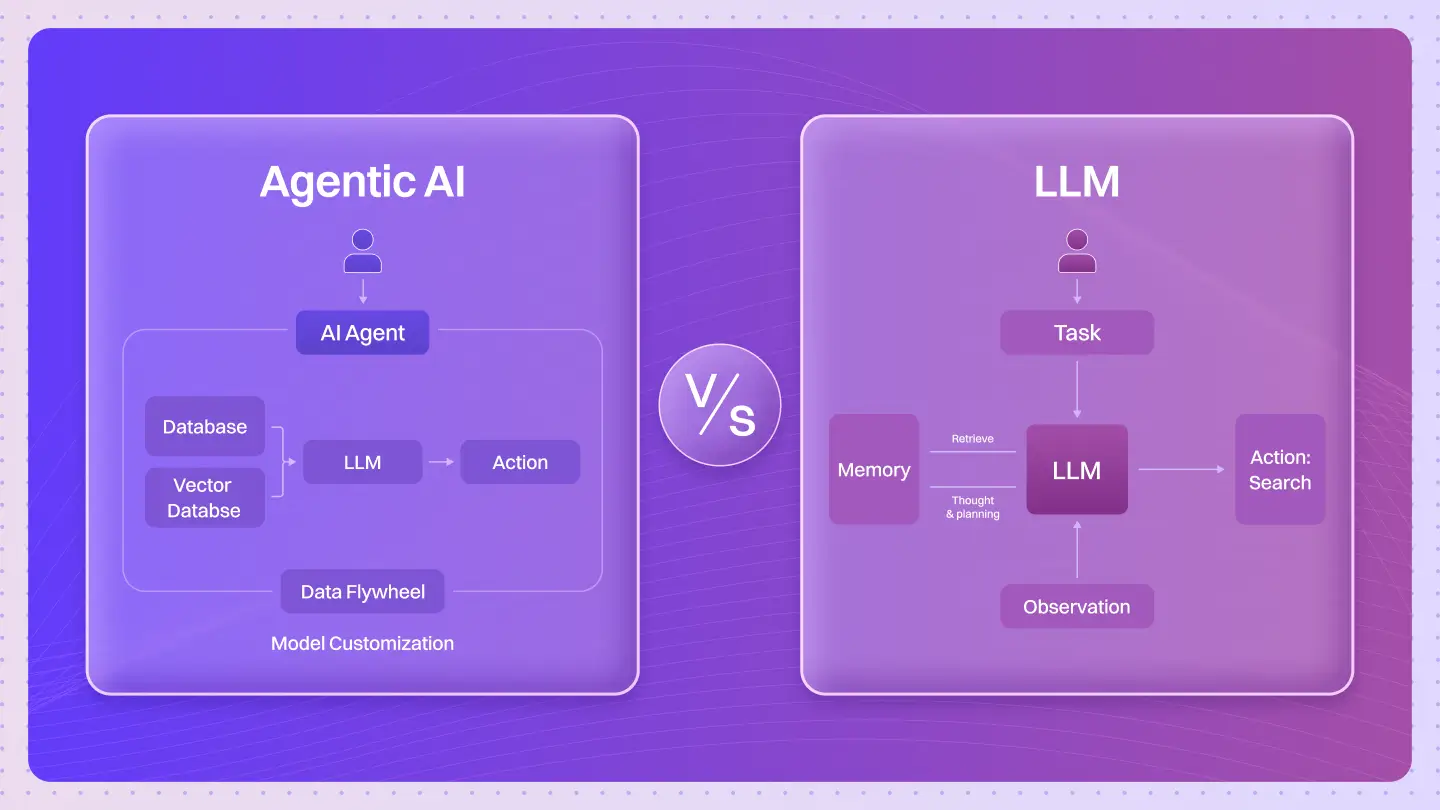Table of Contents
Toggle87% of companies using AI say they struggle to measure ROI.
Models that perform brilliantly in a demo often lose momentum when plugged into real-world enterprise workflows. What starts as a promising pilot can quickly become another costly experiment.
Amazon Bedrock offers access to a rich set of foundation models, but for many, it’s treated like a model playground rather than a source of measurable business impact.
The issue isn’t the models themselves, it’s the way they’re deployed. When models are treated as isolated APIs, much of their potential is left untapped.
The warning signs are clear. Gartner projects that by 2027, 40% of agentic AI projects could be abandoned due to unclear business value.
Without a way to link models into purposeful, outcome-driven workflows, AI risks remaining an impressive but underperforming investment.
Understanding the Culprit: The Isolated API Trap
The real challenge isn’t the lack of capable models, it’s the way they’re deployed. Too often, enterprises plug foundation models into workflows as if they’re standalone utilities.
While they may handle individual tasks well, these models rarely connect in a way that compounds value across the business.
1.) How Enterprises Treat Models as Endpoints
In many organizations, foundation models are treated like simple endpoints: send a query, get a response, move on. While functional, this transactional approach limits the model’s role to a single point in a much larger process.
For example, a compliance team may wrap a model to extract data from documents but fail to connect it with other workflows that verify, escalate, or act on that information. Without coordination, the model’s contribution remains narrow and disconnected from broader business outcomes.
2.) The Bottleneck in Scaling AI
Bedrock’s multi-model capability holds the potential for sophisticated, multi-step automation. Yet without orchestration, enterprises often run each model in isolation, creating single-threaded workflows that can’t handle complex, parallel tasks.
This slows down decision-making, delays insights, and strains both infrastructure and teams. The value of having multiple models is lost when they operate as standalone tools instead of collaborating parts of a larger system.
3.) Why ROI Stalls Without Orchestration
Treating models as isolated APIs makes ROI harder to track and harder to improve. Each deployment produces its own set of outputs, but without integration, these outputs rarely compound to create measurable business value.
Opportunities for efficiency are missed, as are the feedback loops that could refine processes over time. Ultimately, enterprises are left with AI that looks capable in isolation but delivers underwhelming results when viewed through a business lens.
Lyzr’s NOVA: Native Agent Orchestration Inside AWS
Lyzr solves the ROI gap by turning Amazon Bedrock into a coordinated, enterprise-grade intelligence system instead of a collection of isolated models.
Its NOVA framework orchestrates multiple specialized agents inside a fully AWS-native deployment, allowing them to work in parallel, share context, and execute complex workflows without the overhead of additional infrastructure.
At its core, NOVA enables multiple specialized agents to run in parallel, share context, and pass outputs between one another, all while maintaining enterprise-grade security and compliance within AWS.
NOVA Variants and Their Roles
Lyzr’s NOVA framework isn’t a one-size-fits-all setup; it offers specialized configurations for different business needs:
| NOVA Variant | Primary Function | Example Use Case |
| NOVA Micro | Handles high-volume notifications with near-zero latency. | Real-time fraud alerts in financial systems. |
| NOVA Light | Processes multi-model compliance and documentation workflows. | Automated KYC verification across multiple regulatory models. |
| NOVA Pro | Orchestrates complex, branching decision trees. | Insurance claim approvals with multiple decision checkpoints. |
Each variant can operate independently or as part of a larger orchestration chain, enabling flexibility without sacrificing scalability.
Why This Is Different from Model Wrapping
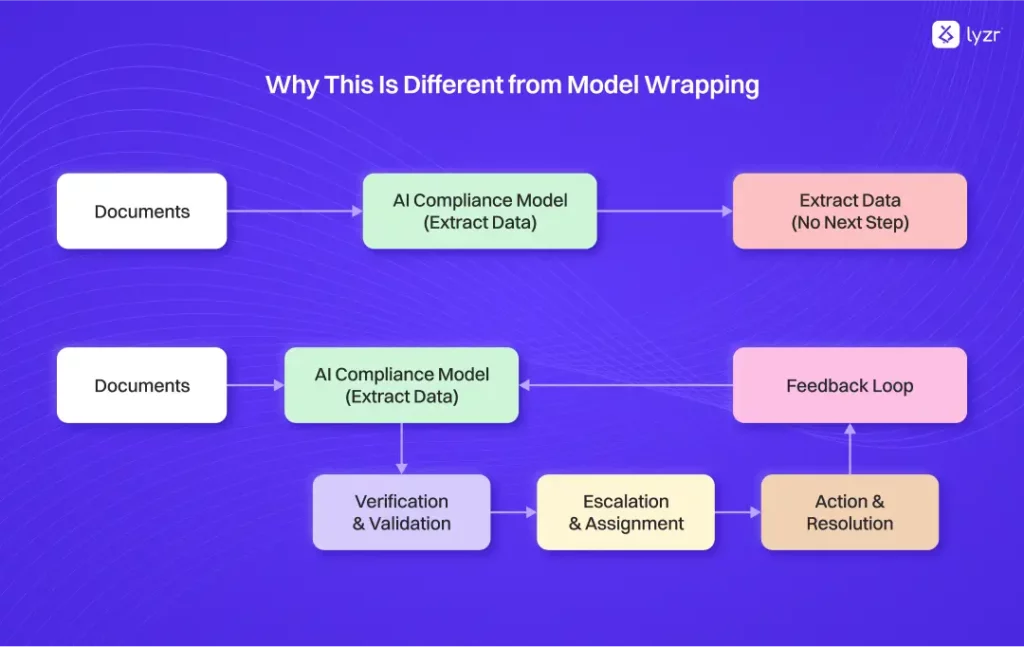
Traditional “model wrapping” means creating an API call around a single model to handle a single task.
This can solve narrow problems but fails to unlock Bedrock’s full multi-model potential. NOVA goes beyond wrapping by creating intelligent, multi-agent workflows that coordinate outputs, adapt based on context, and improve over time.
It’s the difference between asking a single employee to complete a project versus having a team of experts collaborating in real time.
ROI Impact: From Playground to Revenue Engine
1. Measurable Outcomes from AWS Marketplace Deployments
| Metric | Before NOVA Orchestration | After NOVA Orchestration |
| Opportunities Generated in 60 Days | 40–60 | 350+ |
| Workflow Execution Speed | Manual / single-threaded | Fully automated, multi-agent |
| Lead Qualification Time | Days | Hours |
| Operational Coverage | Business hours | 24/7 continuous |
Early AWS Marketplace deployments of Lyzr’s NOVA framework have transformed Bedrock from a test environment into a measurable revenue engine, delivering over 350 live opportunities within 60 days of go-live.
2. Time-to-Insight Acceleration
- 80% faster insights compared to isolated model use.
- Real-time compliance checks reduce onboarding time.
- Decision trees execute instantly, enabling same-day approvals.
- Inter-agent alerts keep workflows moving without human intervention.
- Faster intelligence loops mean decisions are made while they still matter.
Scaling from Pilot to Production Without Friction
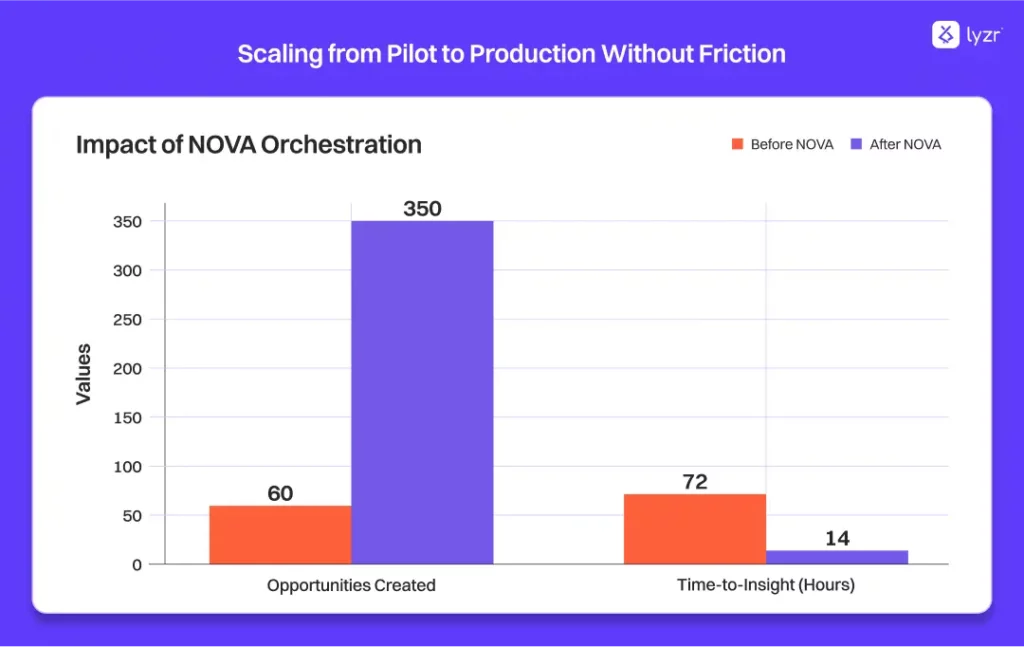
One of the biggest hurdles in AI adoption is moving from a promising pilot to a full production rollout. NOVA’s AWS-native design solves this by keeping the orchestration layer and data processing entirely within the AWS environment.
Pilots can scale into enterprise-wide deployments without redesigning pipelines or adding new infrastructure, enabling consistent ROI growth and minimal operational disruption.
How Lyzr Worked Under the Hood
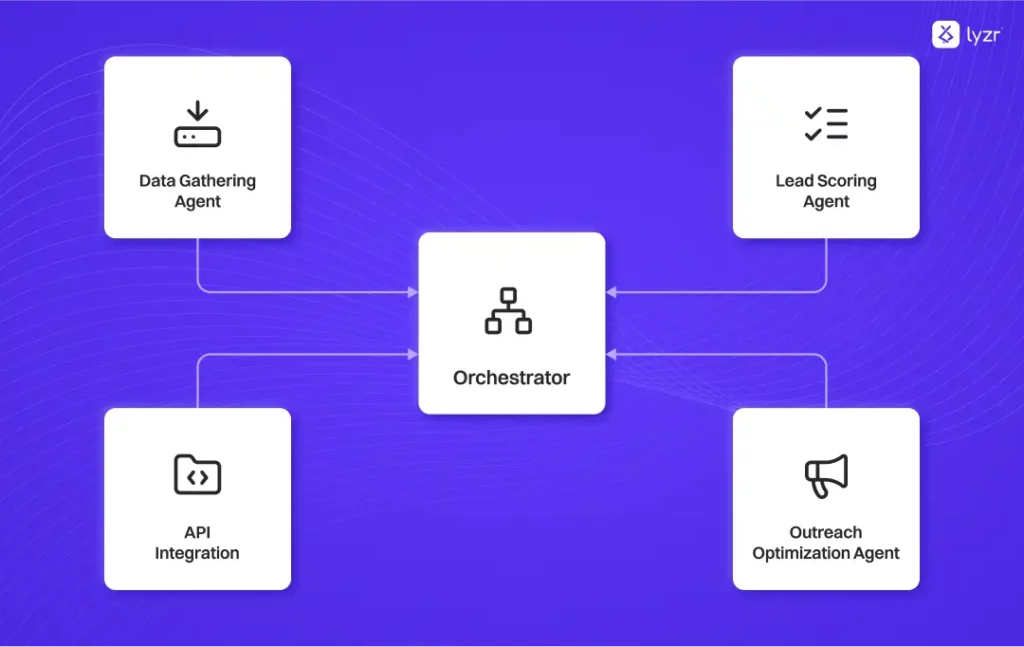
1. Multi-Agent Orchestration
| Component | Function | Outcome |
| Specialized Agents | Each built for a distinct function – data gathering, lead scoring, outreach optimization. | Faster, more accurate task execution. |
| Central Orchestrator | Coordinates agents to work in sequence or parallel. | Eliminates manual handoffs. |
| Context Sharing | Agents pass relevant insights to the next step. | Keeps actions relevant and aligned. |
2. Real-Time API Integrations
- Pulled live data from CRM, marketing automation, and analytics systems.
- Cross-referenced multiple sources before making a decision.
- Automated data validation to prevent errors from entering the workflow.
3. Continuous Learning & Adaptation
As campaigns progressed, the agents continuously analyzed performance data, refining outreach strategies and message personalization.
This ensured each cycle became faster, sharper, and more effective without requiring manual tweaks.
Wrapping Up
In a space where conversations often stall due to delays, missed follow-ups, or fragmented workflows, having an always-on, context-aware system changes the game.
With Lyzr’s multi-agent approach, every step, from capturing intent to delivering relevant responses, stays in sync, without manual oversight.
The outcome? Conversations that feel natural, timely, and action-driven, no matter the scale.
See it in action. Book a demo and explore how Lyzr can elevate your customer interactions.
Book A Demo: Click Here
Join our Slack: Click Here
Link to our GitHub: Click Here

